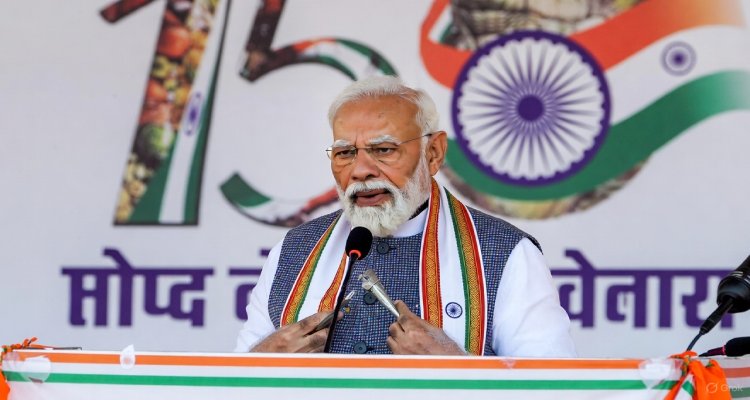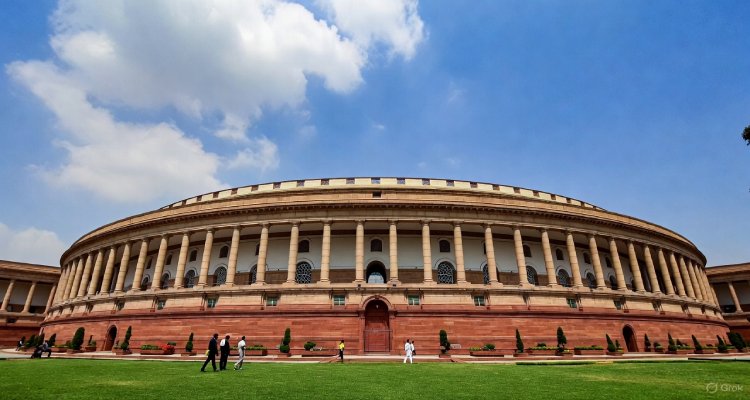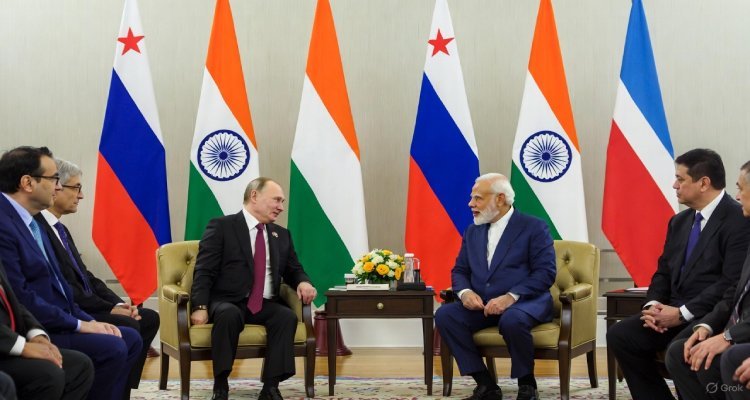In 2025, the race for AI supremacy is reshaping geopolitics, economics, and ethics. Here’s who’s leading—and what it means for the rest of us.
________________________________________
Introduction: A War Without Bullets, but With Algorithms
In early 2025, headlines were dominated by wars of territory, climate, and culture. But beneath the surface, an invisible war has escalated—one that doesn’t involve armies or missiles but instead lines of code, data sovereignty, and algorithmic superiority. The AI war that no one predicted is no longer on the horizon; it’s here, unfolding across government cabinets, corporate boardrooms, and cloud server farms.
As artificial intelligence technologies infiltrate every aspect of human life—military strategy, healthcare, journalism, finance, and even diplomacy—the stakes have become as existential as any conventional conflict. And now the question on everyone’s mind: Who’s winning the AI war in 2025?
________________________________________
Context & Background: From Innovation to Confrontation
For years, the global AI race was viewed as a peaceful competition among tech giants and innovation hubs. The United States, China, and the European Union invested billions in research, infrastructure, and talent acquisition, setting the stage for breakthroughs in natural language processing, robotics, and autonomous systems. Yet few anticipated that AI’s rise would spark a conflict resembling a Cold War-style arms race.
The seeds were planted in the 2010s with projects like OpenAI, Google DeepMind, and China’s Next Generation AI Development Plan. By the 2020s, AI was no longer just a support tool—it had become central to national security, economic policy, and ideological identity.
The war didn’t begin with a spark but rather a slow burn of surveillance scandals, export restrictions, chip shortages, and rising cyberattacks on AI infrastructure. By 2025, nations aren’t just racing to develop AI; they’re actively undermining each other’s efforts.
________________________________________
Main Developments: Winners, Losers, and Power Shifts
1. United States: Commercial Supremacy, Strategic Dilemma
In 2025, the U.S. still leads in foundational AI research and commercial application. Companies like OpenAI, Google, Anthropic, and Nvidia dominate global markets in LLMs, chips, and cloud AI services. However, America’s reliance on private-sector innovation has exposed cracks in national AI governance. The lack of a cohesive federal AI framework has hampered strategic coordination, especially in defense applications.
Despite this, the U.S. maintains dominance in advanced chips, thanks to Nvidia’s H200 launch and its near-monopoly on AI GPU architecture. But geopolitical challenges—such as Taiwan’s vulnerability and rising export bans—are threatening supply chains critical to maintaining this edge.
2. China: Shadow Power Rising
China may not have won the public-facing AI race, but it has made formidable progress underground. Leveraging vast datasets, domestic surveillance frameworks, and state-sponsored labs, Beijing has created parallel AI ecosystems insulated from Western oversight. Its Baidu and Alibaba LLMs, though less creative, are optimized for real-time deployment in urban planning, censorship, and predictive policing.
In military AI, China is rapidly scaling drone swarms and battlefield automation. Analysts believe the PLA’s “Cognitive Warfare Division” is testing AI-driven propaganda bots on Western social media platforms—leading to rising tensions and retaliatory cyber-strikes from NATO states.
3. Europe: Ethics Over Edge?
The EU, despite pushing the world’s most comprehensive AI Act in late 2024, is lagging in innovation. While the legislation has made Europe the ethical flagbearer of responsible AI, it’s stifled commercial competitiveness. European startups often relocate to the U.S. or Singapore for friendlier regulatory environments.
However, the EU’s AI governance framework is gaining traction globally, becoming a soft-power tool in diplomatic negotiations and trade partnerships. Brussels may not be winning the AI arms race, but it’s redefining the rules of engagement.
4. India and Southeast Asia: The Fast Followers
India has emerged as an unexpected frontrunner among developing nations. With government-backed initiatives like Bhashini (for local language AI) and partnerships with Microsoft and Intel, India is scaling AI in agriculture, health diagnostics, and digital governance. Meanwhile, Southeast Asia—especially Singapore and Vietnam—is leveraging AI to build “smart nations” with efficient public services and strong data privacy regimes.
_______________________________________
Expert Insight and Public Reaction
“We’re witnessing a divergence between innovation powerhouses and regulatory superpowers,” says Dr. Alicia Moreno, AI policy researcher at the University of Oxford. “The winners won’t just be those with the best models—but those who shape the global rules around them.”
Public sentiment remains split. In the U.S., workers are increasingly concerned about AI-driven job loss, while in China, state-led narratives present AI as a means to national rejuvenation. A 2025 Pew Research survey found that 64% of Americans support stronger federal oversight of AI, while only 37% trust corporations to use AI responsibly.
Meanwhile, AI ethicists warn of a deeper problem: “The real war isn’t between nations—it’s between short-term profit and long-term safety,” argues Timnit Gebru, founder of the Distributed AI Research Institute. “Without transparency and auditability, we’re flying blind.”
________________________________________
Impact & Implications: What’s at Stake?
The AI war’s implications are vast:
• Economic Redistribution: Nations leading in AI are attracting top talent and capital. Global labor markets are being reshaped as automation replaces tasks across legal, medical, and creative industries.
• Geopolitical Tensions: With AI playing a pivotal role in cyber-espionage and autonomous weapons, international stability is at risk. Treaties governing AI warfare are still in their infancy.
• Social Fabric: Deepfakes, misinformation, and algorithmic manipulation are eroding public trust in institutions. Democracies are particularly vulnerable.
• Climate & Energy: Training advanced AI models consumes enormous energy. As AI adoption grows, so do concerns about its carbon footprint and resource scarcity.
________________________________________
Conclusion: Not Just a Tech War, but a Civilizational One
The AI war of 2025 is unlike any conflict in human history. It isn’t about land or ideology, but about control over the systems that shape human perception, behavior, and destiny. Unlike traditional wars, there may be no end date—just a constant struggle to balance power, ethics, and innovation.
Who’s winning? It depends on the metric—commercial dominance, ethical influence, military power, or social resilience. But one thing is clear: no nation, company, or citizen can afford to remain a passive observer.
The AI war may be quiet, but its consequences will echo for generations.
_______________________________________________________________________________
Disclaimer:
This article is based on current trends and expert analysis as of May 2025. It is intended for informational purposes and does not constitute financial, political, or strategic advice.
One attachment • Scanned by Gmail










